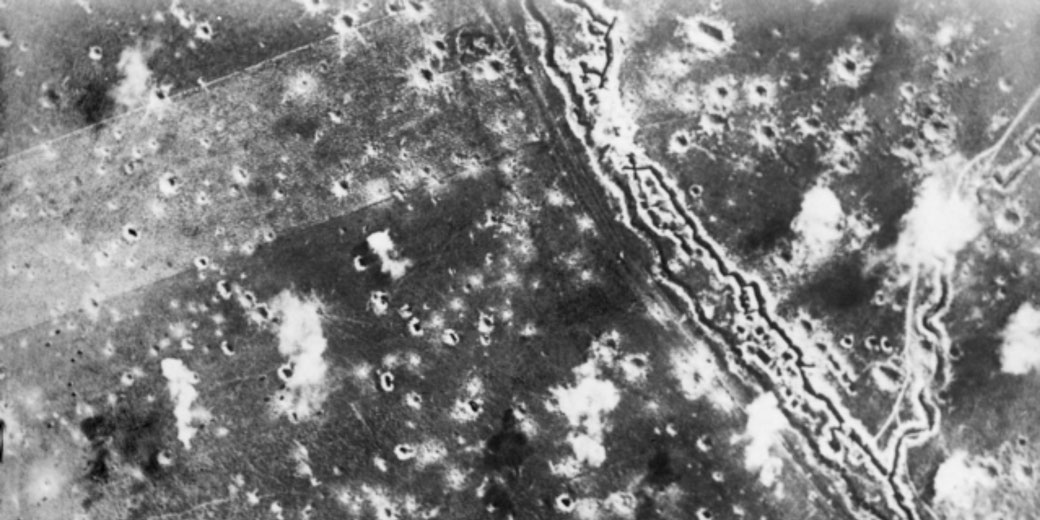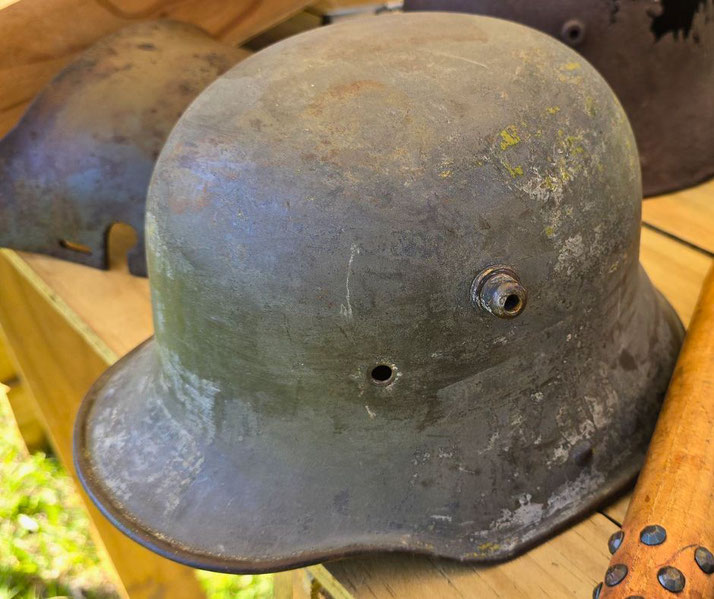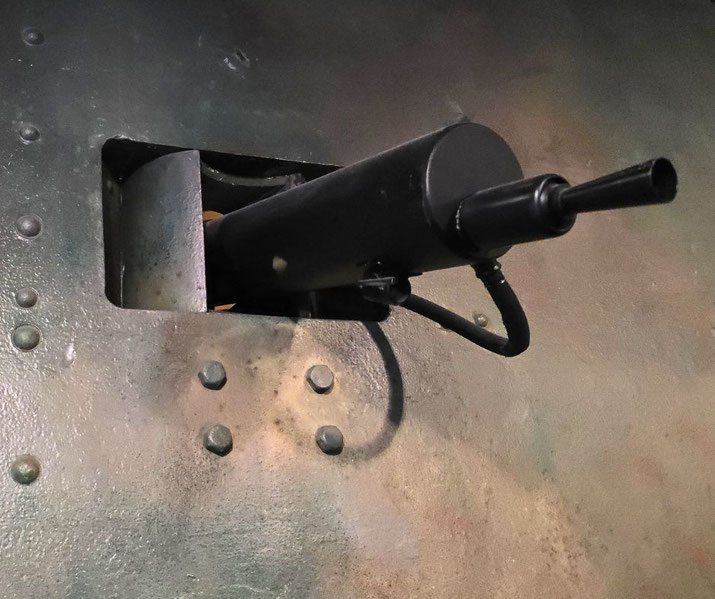How much better were German trenches than the British in WWI?

Trench warfare was one of the defining features of World War One. The prolonged and brutal conflict saw soldiers on both sides hunker down in a series of muddy and treacherous trenches, enduring the harsh conditions of war for weeks, months, and even years on end.
A common debate that arose in the years during and after the conflict, is the comparison in quality between German and British trenches.
While some argue that the Germans constructed superior trenches that were better equipped to withstand the brutalities of war, others claim that the British trenches had their own unique advantages that made them equally effective.
Here, we'll take a closer look at the characteristics of both types of trenches and examine the factors that made them successful, in order to determine whether German trenches were truly better than their British counterparts.
Why were trenches built?
Trenches were a form of defensive fortification that became a defining feature of World War One.
The trenches were dug into the ground and provided soldiers with protection from enemy fire.
It allowed them to advance on the battlefield without being exposed to direct gunfire.
They typically ran in parallel lines, with a series of connecting trenches branching off from the main lines to allow troops to move between different areas of the battlefield.
Trenches were built in WWI due to the development of new military technology, such as machine guns and artillery.
These innovations made traditional forms of warfare increasingly difficult.
As a result, trenches became the primary form of defense used by both sides during the war.
Many soldiers had to spend months or even years living and fighting in these makeshift homes.

What were the British trenches like?
The British trenches were typically shallow and hastily constructed, particularly in the early stages of the war.
This was due to the British army's lack of experience in trench warfare, as well as a shortage of tools and equipment.
The trenches were often dug quickly in response to enemy advances, and were not always properly reinforced, leading to frequent cave-ins.
As the war progressed, however, the British trenches improved. Engineers developed better methods for trench construction, and soldiers became more experienced in maintaining and repairing them.
The trenches were gradually made deeper, with more complex trench systems.
Often, the British also made use of sandbags, barbed wire, and other materials to reinforce the trenches and protect soldiers from enemy fire.

What were the German trenches like?
The German trenches, on the other hand, were generally better constructed and more sophisticated than their British counterparts.
This was partly due to the fact that German army was operating on the defensive for much of the war, particularly after the failure of the Schlieffen Plan in 1914.
As a result, the Germans were focused on holding their ground and defending their territory, rather than making aggressive advances.
This meant that they needed to create strong and resilient defenses that could withstand prolonged attacks from the enemy.
The German trenches were typically deeper and more heavily reinforced than British trenches.
They were also designed with greater attention to detail, with features such as drainage systems to prevent flooding and machine gun emplacements strategically placed for maximum effectiveness.
The Germans also made use of concrete to reinforce their trenches, making them more resistant to artillery fire.

So, which were better?
While the German trenches were undoubtedly more sophisticated than the British trenches, it is difficult to say whether they were ultimately more effective.
Both sides suffered immense casualties during the war, and neither was able to achieve a decisive victory.
This meant that the trenches on both sides were not very effective at their primary task: protecting their men from enemy attacks.
The core problem is that the nature of trench warfare meant that both sides were essentially locked in a stalemate: neither side were able to gain a significant advantage over the other.
Ultimately, the war was won by the Allies through a combination of factors, including better strategic planning, and superior combat tactics.
It was the development of combined arms warfare that had the greatest impact on the war's outcome.
At the end of the war, the quality of trench construction played little role in determining the final outcome of the conflict.
What do you need help with?
Download ready-to-use digital learning resources
Copyright © History Skills 2014-2025.
Contact via email
With the exception of links to external sites, some historical sources and extracts from specific publications, all content on this website is copyrighted by History Skills. This content may not be copied, republished or redistributed without written permission from the website creator. Please use the Contact page to obtain relevant permission.





